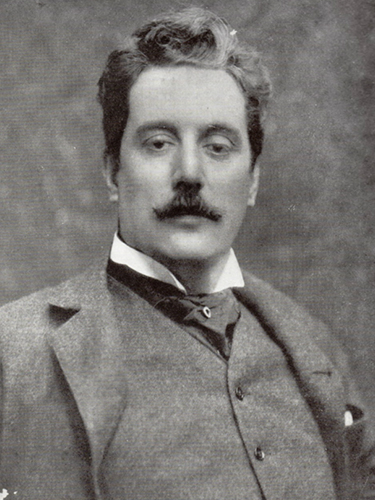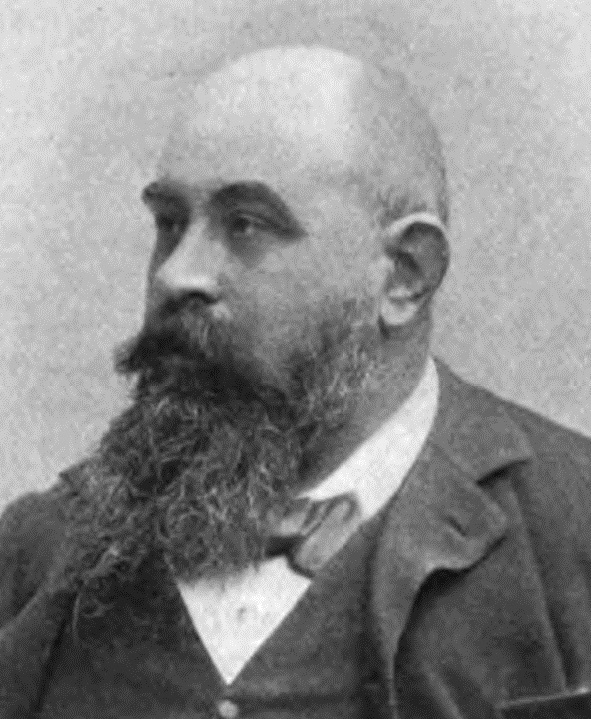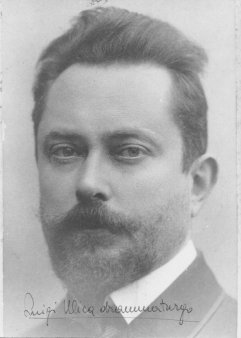
La bohème
Welcome to Lyric's learning resources!
This is your all-access pass to the world of opera and musical theater. Scroll down to access the following resources to help you learn more.
Overview
This Google Slides presentation covers essential information your students need to know about the opera.
Act 1: “Questo Mar Rosso mi ammollisce” (This Red Sea of mine)
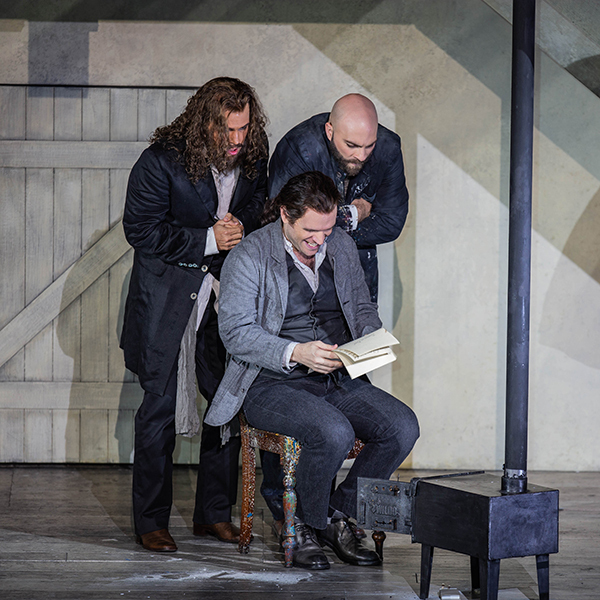
La bohème does not feature and overture or prelude. This is the first music you hear in the opera. The scene is the cramped attic apartment shared by the bohemians of the opera’s title: Rodolfo the poet, Marcello the painter, Schaunard the musician, and Colline the philosopher. The music is light and fun, much like the characters on stage.
Things to listen for:
- The music in this excerpt consists of short 4 note phrases that get passed back and forth between sections of the orchestra. This musical scene painting depicts both the playful nature and constant chatter that happens in the attic apartment you see on stage. What do you picture when you hear this music?
- When Marcello starts singing he has no accompaniment, and when the phrase ends the orchestra responds.
Act 1: “Mi chiamano Mimì” (They call me Mimì)
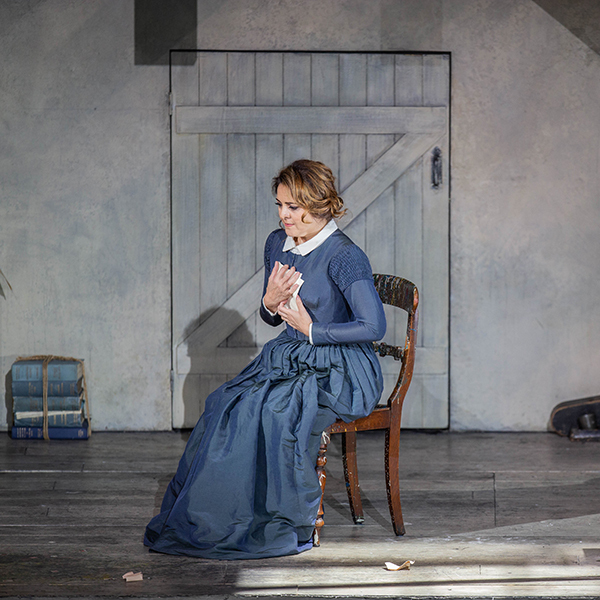
Sung by Mimì
Mimì came to the attic to ask for a match because her candle went out. Rodolfo lights her candle. Then she misplaced the key to her room. As they search, she shares about her life.
Things to listen for:
- Mimì tells her story delicately. Her phrases rise and fall quietly.
- The orchestral accompaniment consists of flute, harp, and strings. Why do you think Puccini decided to use this instrumentation?
- When Mimì sings of springtime, the accompaniment changes. What is different about the orchestra here?
Act 1: “O soave fanciulla” (Oh! lovely girl!)
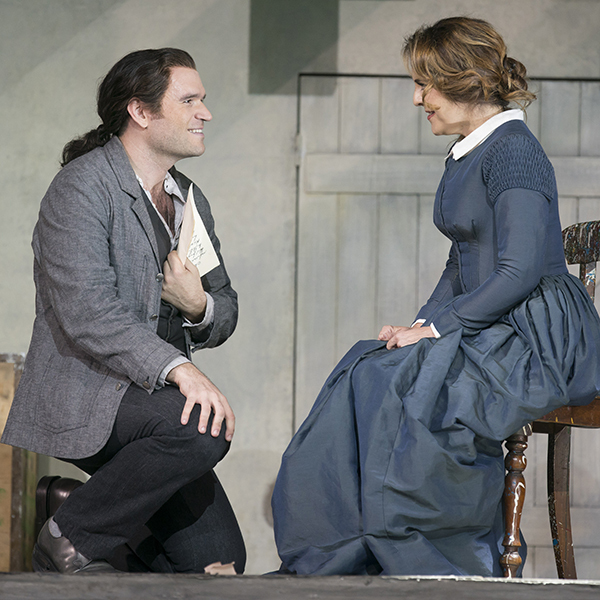
Sung by Rodolfo and Mimì
Rodolfo and Mimì have quickly fallen in love. While the other bohemians have gone ahead to dinner, they linger in the attic enjoying the moment together. For the first time, Rodolfo and Mimì are singing together as a couple.
Things to listen for:
- As Rodolfo sings, the orchestra is playing music that highlights his melody. When Mimì starts singing, she literally joins Rodolfo’s melody and they sing in unison.
- At this same moment, the entire orchestra plays with most instruments also playing the melody. Why do you think Puccini chose to do that for this moment?
Act 2: “Parpignol!”
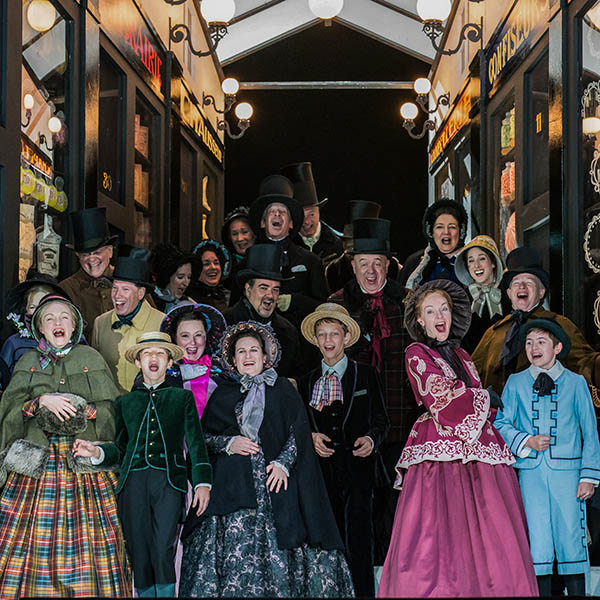
Sung by the chorus
The Latin Quarter of Paris is bustling with shoppers of all ages making Christmas Eve purchases from street vendors and stores. One very popular vendor, named Parpignol (par-peen-YOHL), sells toys. In this excerpt, you hear children celebrating his arrival followed by mothers yelling at them to go home. In the midst of this you hear Schaunard and Colline joking about what they want for their festive dinner.
Things to listen for:
- When the children sing “Voglio la tromba” (I want the horn), their melody is also played by the trumpets. The trumpets are using mutes that make their instrument sound more toy-like. When they sing “Il tambur, tamburel...” (The drum! The tambourine!), the snare drum and tambourine play along.
- With the arrival of the mothers, the orchestra is accompanying them loudly, which makes the sound of the chorus very big.
- Following the mothers singing the orchestra stops playing completely, except for the oboes. Why do you think this happens?
Act 2: “Quando men' vo” (“As I walk…” or Musetta’s Waltz)
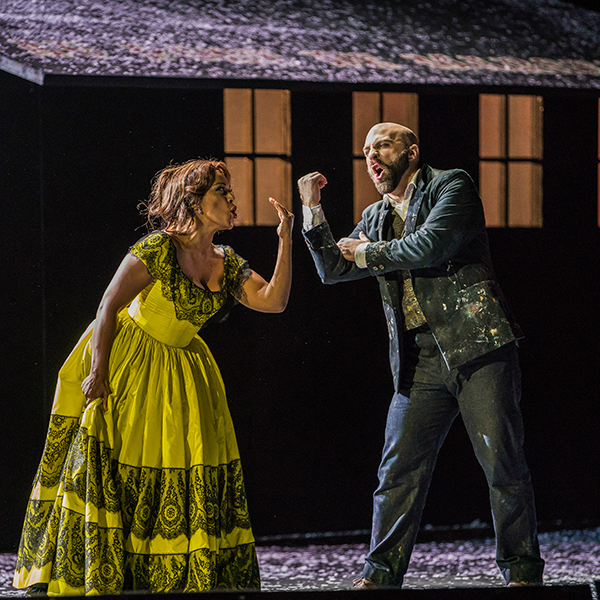
Sung by Musetta, Marcello, and Alcindoro
Into the Café Momus, a friend of the bohemians and ex-girlfriend of Marcello arrives. Musetta is a singer and enjoys being the center of attention. She has brought a much older man to dinner in hopes that he will pay for the meal (and that it will make Marcello angry with jealousy).
This soprano aria is one of the most famous melodies in opera.
Things to listen for:
- This aria is written like a waltz, which is a formal dance that is in a triple meter (there are three beats to a measure).
- While Musetta’s melody is flowing and smooth. Marcello and Alcindoro’s responses are short and fast. Why do you think there is a difference between the two?
Act 3: “Soli, l'inverno è cosa da morire” (“To be alone in winter is death”)
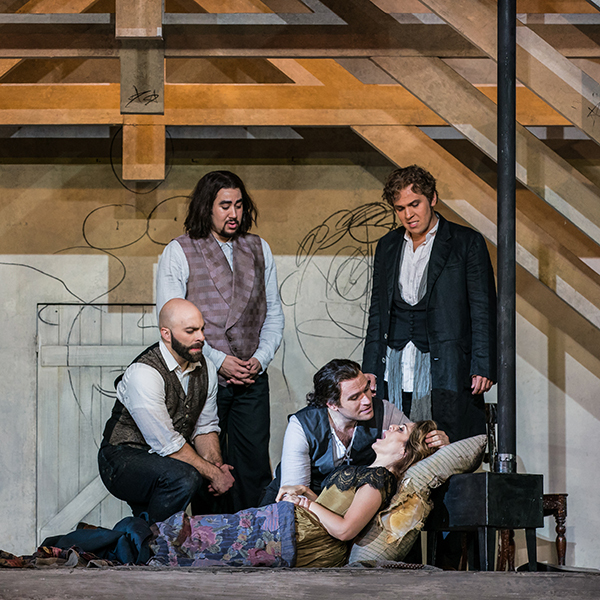
Sung by Mimì, Rodolfo, Musetta, and Marcello
It is February and Rodolfo and Mimì have been separated. After reuniting, they recognize their love and have decided to try being a couple again. They sing of the cold and how nice it will be in the warmth of springtime.
At the same time, Marcello and Musetta are back together, too, but instead of singing about love, they are trading insults at each other.
Things to listen for:
- This is a quartet, which means you hear four singers singing different parts, but all of the parts fit together.
- At the beginning of the excerpt Mimì and Rodolfo are singing about how awful winter is alone. In the next phrase they decided to stay together in the springtime. When they sing this together the whole orchestra plays their melody, too. Which of the excerpts above had a similar musical moment?
- Musetta and Marcello are upset with each other. Their argument is short and sounds a lot like talking. Even though the style is different, Puccini has woven their interaction through Mimì and Rodolfo’s love duet.
Photos: Todd Rosenberg, Lyric Opera of Chicago
